#Lesser Flamingo
Explore tagged Tumblr posts
Text

Cape buffalo Syncerus caffer
With lesser flamingo Phoeniconaias minor
Observed by kyosapir, CC BY-NC
#Syncerus caffer#Cape buffalo#Bovidae#cattle#Phoeniconaias minor#lesser flamingo#bird#flamingo#non-ungulate#Africa#Kenya
53 notes
·
View notes
Text

Lesser Flamingo
#lesser flamingo#flamingo#Phoeniconaias minor#Phoenicopteriformes#Phoenicopteridae#Phoeniconaias#bird#upl
113 notes
·
View notes
Text
#FlamingoFriday: South Africa has 2 native flamingo species, the Greater Flamingo & Lesser Flamingo; both appear in works by South African expressionist artist Maggie Laubser (1886-1973):
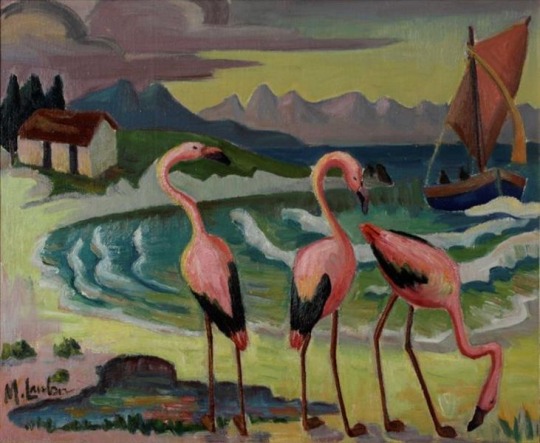
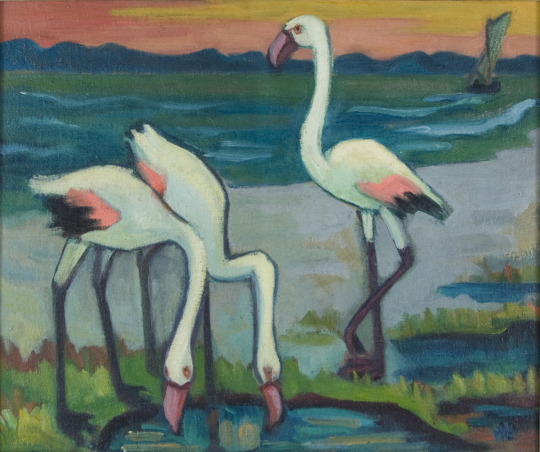
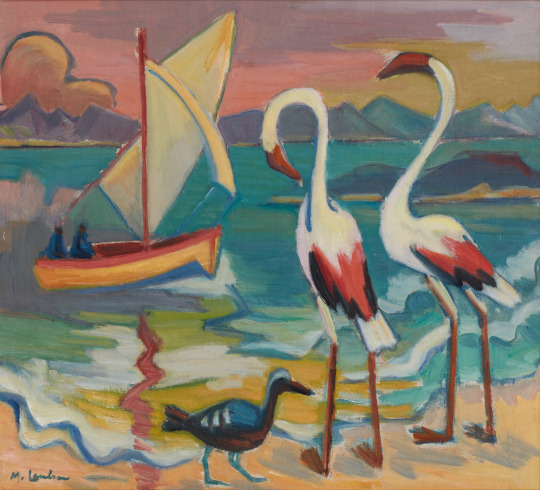

1. Flamingos on the beach, n.d.
2. Flaminke en seilbootjie, 1932
3. Uitsig met boot en flaminke, n.d.
4. Landscape with houses, figure, boats and birds, n.d.
(all works oil on board, likely c.1930s)
#Maggie Laubser#South African art#expressionism#painting#oil painting#animals in art#20th century art#birds in art#bird#birds#flamingo#flamingos#Greater Flamingo#Lesser Flamingo#Flamingo Friday#women artists#1930s
214 notes
·
View notes
Text

A male lesser flamingo (Phoeniconaias minor) attempts to join in on the mating dance of a flock of greater flamingos (Phoenicopterus roseus) in Camargue National Park, France
by Georgie Alexon
#happy valentines day!#lesser flamingo#greater flamingo#flamingoes#birds#phoeniconaias minor#phoeniconaias roseus#phoeniconaias#Phoenicopteridae#phoenicopteriformes#aves#chordata#wildlife: france#wildlife: europe
117 notes
·
View notes
Text

I will be participating in a #Dinovember Prompt List this year! My current plan is to make one chibi-ish design a day to sell as an adoptable, which can be claimed on my Telegram art channel, my FurAffinity, my Instagram, or my BlueSky.
Prompt List: https://www.instagram.com/p/DBrsoNsMfRC/
----
Day 8: Lesser Flamingo Lambeosaurus Claim: $10 [comment or message to claim]
39 notes
·
View notes
Text
Uncharismatic Fact of the Day
Volcanoes are known for being extremely hot and emitting harmful chemicals-- which is, of course, why they make the perfect home for the Lesser Flamingo. These birds have evolved to not only survive but breed near the Ol Doinyo Lengai volcano; the nearby lake can reach temperatures of 40 °C (104 °F) and a pH of 12, but over 2 million lesser flamingos successfully build their nests and raise their young there every year.
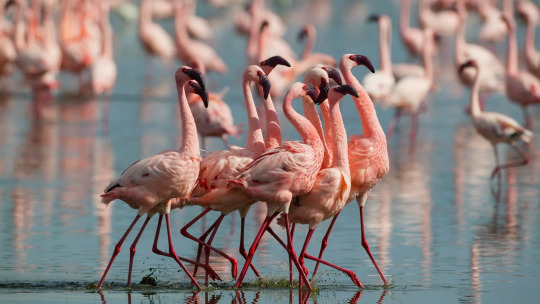
(Image: A flamboyance of lesser flamingos (Phoeniconaias minor) by Dennis Huot)
If you like what I do, consider leaving a tip or buying me a ko-fi!
379 notes
·
View notes
Text


Remember to read about the contestants before voting!
Lesser Flamingo
Don't let the name of this bird fool you, the Lesser Flamingo is actually quite metal. Their favorite breeding ground is a lake where almost nothing else can survive, relying on the toxicity of the lake in order to keep off predators. However, these fine fellows are near threatened, even though they are the most numerous species of flamingo. Lets hope they can rock on for a long time. Learn More!
Australian Kestrel
One of the smallest kinds of falcons, they do not rely on speed to catch their prey (mainly that of bugs). They often hover as they hunt over grasslands, and it will sometimes rely on bushfires in order to hunt. As insects hop away from the flames, the Australian kestrel makes its move. Learn More!
(Lesser Flamingo photo by Dorian Anderson) (Australian Kestrel photo by Andrew Allen)
148 notes
·
View notes
Note
Trick or treat!

Lesser Flamingo!!
36 notes
·
View notes
Text

Lesser flamingo rough painting. Reference photo taken by Susan Gibson
#bird#flamingo#lesser flamingo#animals#art#animal art#procreate#digital painting#digital art#studies#pink poodle arts
7 notes
·
View notes
Text

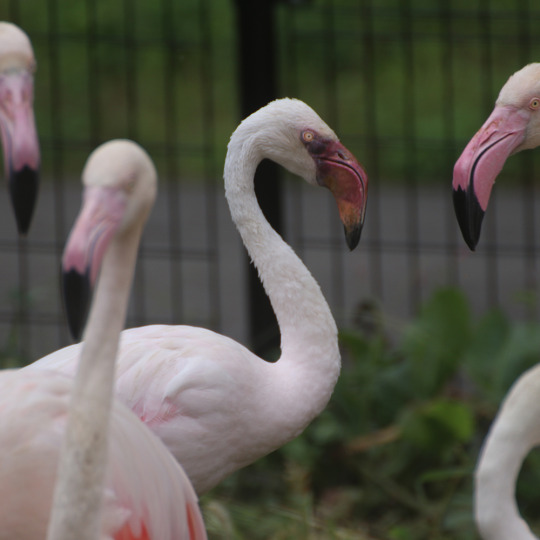
おびただしいヨーロッパフラミンゴの中に一羽だけコフラミンゴがいると聞いて。そんなん全力で探す。
@盛岡市動物公園
It was written that there's a single Lesser Flamingo among the numerous Greater Flamingos. I found him.
@Morioka Zoological Park
#European Greater flamingo#Greater flamingo#Phoenicopterus ruber roseus#Phoenicopterus roseus#Phoenicopterus minor#Lesser Flamingo#bird#flamingo#ヨーロッパフラミンゴ#オオフラミンゴ#コフラミンゴ#盛岡市動物公園
26 notes
·
View notes
Text

Posting birds until I hit post limit: Lesser flamingo
Lesser flamingoes nest in lakes of boiling acid. They can resist the heat and the acid, but the various predators that want to eat them can't, so it protects their eggs and young.
10 notes
·
View notes
Text
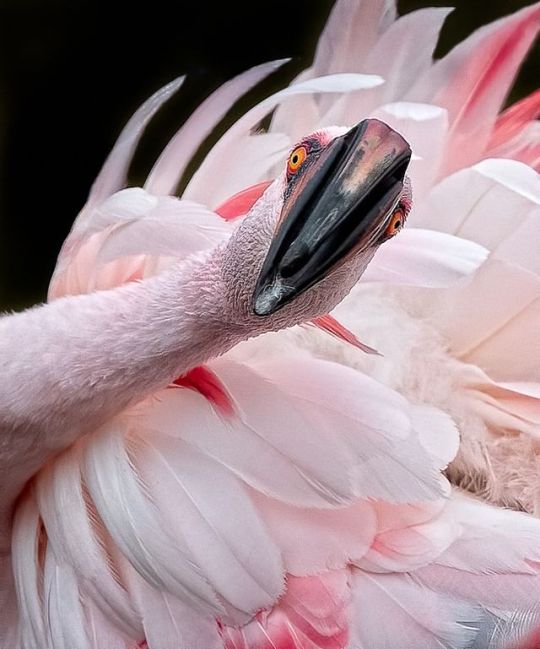
Lesser Flamingo
#lesser flamingo#flamingo#Phoeniconaias minor#Phoenicopteriformes#Phoenicopteridae#Phoeniconaias#bird#upl
107 notes
·
View notes
Text
Week 7 Observations
2.12.25

Sinewed Bushy Lichen
Ramalina americana
Observed at home 2.11.25
Is prolific and native to the Midwest, southern Canada and eastern seaboard.
It grows exclusively on the bark of living trees.
Lichen have a plant part to produce food and a fungus part to absorb moisture and attach to the surface, it this case bark.
This lichen is sensitive to air pollution and will be the first of the lichens to disappear when pollutants are high in its natural habitat.
#sinewedbushylichen #Ramalinaamericana #citizenscience #lichen #nature #outdoors #february #february12 #2025 #picoftheday #project365 #day43
2.13.25

Corpus Christi Fleabane
Erigeron procumbens
Observed at Galveston Island State Park 2.13.25.
Native to the Texas coast and other areas also along the Gulf of MEXICO coast.
It has one flower head per stem, can grow up to 16 inches tall, and is procumbent (instead of standing up, it lays on the ground).
It grows in wet areas between dunes and edges of salt marshes and mudflats.
#corpuschristifleabane #Erigeronprocumbens #citizenscience #flora #nature #outdoors #february #february13 #2025 #picoftheday #project365 #day44
2.14.25

Lesser Flamingo 🦩
Phoeniconaias minor
Observed at the zoo. Okay, so it’s not my natural world per se but I love zoos when they do it right. So important for education and conservation.
This species of flamingo is mainly from sub-Saharan Africa with another population in India. They are “near threatened” so having them in zoos can bring awareness about their loss of habitat and population numbers due to pollution. Zoos also help the genetic pool stay diverse, adding to the wild population if needed.
They are the smallest of the 6 flamingo species.
They get their beautiful colors from the algae they consume. They are filter feeders with their heads upside down as shown here.
They are social birds, living in flocks called a flamboyance, and communicate using group displays.
Both the females and males produce nutritious crop milk to feed their chicks.
What’s not to love?!
#lesserflamingo #Phoeniconaiasminor #citizenscience #flamingo #juvenile #adult #zoo #conservation #nature #outdoors #february #february14 #2025 #picoftheday #project365 #day45
2.15.25
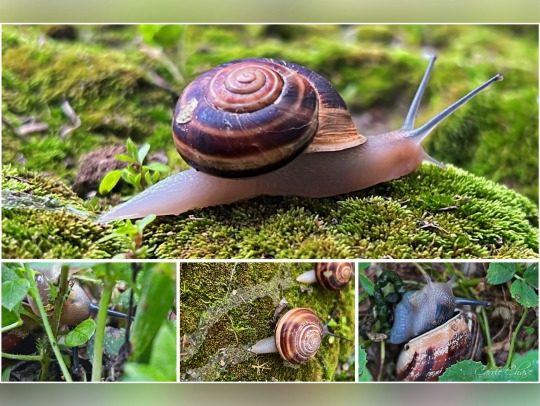
Chocolate-band Snail
Eobania vermiculata
Observed at home 2.15.25
This species is native to Spain, Greece and Ukraine and was accidentally introduced to Texas, Louisiana and California.
It is considered a minor pest but could be a major problem for native snail species, human health, and agriculture and ecosystems as a whole. Especially if the populations are larger than they are currently thought to be now.
They can live up to 5 years and lay as many as 70 eggs over their lifetime.
#chocolatebandsnail #Eobaniavermiculata #citizenscience #snail #invasive #nature #outdoors #february #february15 #2025 #picoftheday #project365 #day46
2.16.25

Red Imported Fire Ant
Solenopsis invicta
Observed 2.16.25 at Galveston Island State Park.
Native to South America and very invasive here in Texas.
They are very aggressive with a stinger and 3 teeth! Its venom is its main weapon and symptoms range from fire like stinging sensation and pustules all the way to anaphylaxis that if left unchecked could be fatal.
They build huge nests for the colony but you won’t see the entrances because the workers emerge far from the actually nest! A nest can hold up to 250,000 ants. Some nests can have multiple queens (polygynous) while others may have just one queen (monogynous).
It is one of the most studied insects in the world even rivaling the western honey bee!
#redimportedfireant #Solenopsisinvicta #citizenscience #fireants #invasive #nature #outdoors #february #february16 #2025 #picoftheday #project365 #day47
2.17.25

Yellow jessamine
Gelsemium sempervirens
Observed near home 2.17.25
Native in Texas to Virginia and the subtropical/tropical Americas.
It has a few other common names including yellow jasmine but is not a true jasmine plant.
All parts of this plant are toxic and should not be consumed and is especially lethal for livestock. Even the nectar is toxic to honey bees and has been known to kill off entire hives.
And yet it’s pretty so it is found in many gardens.
#yellowjessamine #Gelsemiumsempervirens #citizenscience #native #flower #outdoors #nature #february #february17 #2025 #picoftheday #project365 #day48
2.18.25
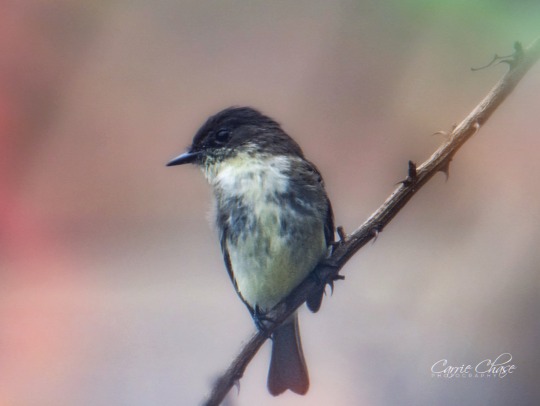
Eastern Phoebe
Sayornis phoebe
Observed 2.12.25 at Galveston Island State Park.
They are native to Texas, breeding and wintering here.
They will fly back and forth to the same perch while catching insects and will wag their tail while perched.
It was the first banded bird species in North America by John James Audubon.
#easternphoebe #Sayornisphoebe #citizenscience #bird #native #nature #outdoors #february #february18 #2025 #picoftheday #project365 #day49
#citizen science#sinewed bushy lichen#lichen#outdoors#nature#native#Corpus Christi fleabane#flora#lesser flamingo#Fort Worth zoo#birds#chocolate band snail#snail#invasive#fire ant#insect#yellow jessamine#toxic#eastern phoebe
0 notes
Text
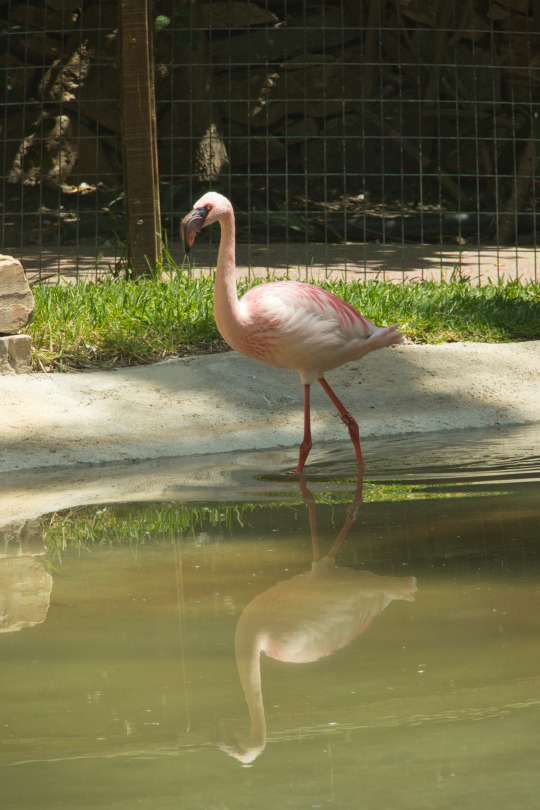
Flamant nain - Nomade, il peut se facilement se déplacer quand les conditions environnementales viennent à changer et la nourriture vient à manquer.
Lieu : Selwo Aventura, Espagne
#zoo#animaux#animals#animaux sauvage#wild animals#photo animalière#animals photography#oiseau#bird#flamant#flamant nain#lesser flamingo#petit flamant
0 notes
Text

//image source: https://www.pinterest.com/pin/taxidermy-lesser-flamingo--486599934716277772/
0 notes
Text


i cannot choose whether i prefer the lesser flamingo or the puna (also known as james's) flamingo. i adore the unique coloured bill of the lesser flamingo but im also quite keen on the puna flamingo's for their beautiful plummage that's quite unique for flamingoes. though i suppose there is no harm in liking both equally.
1 note
·
View note